Flying with ski gear can be a headache - bulky skis, heavy boots, and airline fees that pile up fast. But there’s a way to skip the hassle and save money: compact alternatives like Snowfeet*. These lightweight, portable skates fit in a carry-on, eliminating oversized baggage fees and making travel easier.
Here’s the deal:
- Airlines charge $50–$300 for oversized or overweight ski gear.
- Traditional skis often exceed size limits (62–80 linear inches) and weight caps (40–50 lbs).
- Snowfeet* gear is small (15–47 inches), fits in standard luggage, and works with regular boots.
Why it matters: Snowfeet* saves you money, time, and stress. No more oversized baggage fees, lost gear, or rental costs. Plus, they’re versatile for slopes, trails, or parks.
If you’re tired of lugging heavy gear and paying extra fees, Snowfeet* might just be your new go-to. Let’s dive into the details.
WHAT TO PACK FOR A SKI TRIP WITH JUST CARRY-ON LUGGAGE
How Airlines Handle Ski Equipment Baggage
Knowing how airlines manage ski and snowboard gear can save you from those frustrating surprise fees at check-in. While most airlines have specific rules for winter sports equipment, these policies can vary widely.
Ski Gear Policies for Major U.S. Airlines
Most major U.S. airlines allow you to check one pair of skis or one snowboard along with a boot bag as a single item. But here’s the catch: there are often strict weight and size limits hidden in the fine print. Weight limits typically range from 40–50 lbs (18–23 kg), and size limits are usually between 62–80 linear inches. It’s easy for standard ski setups to exceed these allowances.
If your gear goes over the limits, you’re likely to face extra fees. For example, American Airlines charges overweight baggage fees for equipment bags weighing between 50–70 lbs (23–32 kg). If your gear exceeds both weight and size limits - over 50 lbs and 62 linear inches - you could be charged as if you’re checking an additional bag, with oversized and overweight fees added on top.
Some airlines, like Alaska Airlines, are more forgiving and waive these fees altogether. On the other hand, budget carriers like Allegiant Air are stricter. Allegiant charges $50 for ski or snowboard gear weighing 40–70 lbs (18–32 kg), $75 for bags weighing 70–100 lbs (32–45 kg), and another $75 for gear exceeding 80 linear inches. While most airlines allow boots, bindings, and helmets in the boot bag, stuffing in non-ski-related items could trigger extra oversized or overweight charges.
These rules make it pretty clear: traditional ski gear often leads to additional costs.
Why Standard Ski Gear Gets Hit with Extra Fees
Here’s the deal - standard ski gear often doesn’t meet airline size and weight restrictions, so extra fees are almost inevitable. Popular brands like Atomic, Head, and Elan produce gear that typically measures between 69 to 79 inches (175 to 200 cm), which means they often exceed both weight and size limits.
The weight adds up quickly too. A full ski setup, including skis, poles, boots, and other essentials, can easily go over the standard 50 lb limit most airlines enforce. Budget airlines are even stricter, with weight limits as low as 40 lbs on carriers like Spirit and 44 lbs on easyJet, compared to the 70 lbs allowed by some full-service airlines.
This is where compact alternatives like Snowfeet* come in. Products like their Skiskates are only 44 cm long, which means they fit neatly into standard luggage. This design eliminates the risk of oversized baggage fees and can save travelers anywhere from $75 to $150 in extra charges. For winter sports enthusiasts looking to avoid hefty fees, Snowfeet* offers a practical and cost-efficient solution.
Problems with Flying with Standard Ski Equipment
Flying with traditional ski gear can feel like tackling a double black diamond before you even hit the slopes. Between sky-high baggage fees and the hassle of lugging oversized equipment, your dream ski trip can turn into a logistical nightmare before it even begins. Standard ski gear simply wasn’t designed with today’s airline restrictions in mind, and that creates a cascade of problems.
High Costs of Oversized and Overweight Baggage
Let’s talk money - because traveling with traditional ski gear can cost you a small fortune. For starters, skis longer than 72 inches often come with an extra $75 fee per flight. Add overweight baggage fees, which can range from $50 to $150, and you’re already looking at a hefty bill. Throw in boots, poles, and other gear, and it’s easy to blow past airline weight limits.
Flying with budget airlines? Brace yourself for even steeper fees. Shipping your skis instead? That’ll set you back anywhere from $50 to $200, depending on the courier and destination. Even basic ski boxes - think the kind you’d get from courier services - add another $20 to $25. Specialty ski shipping boxes, like those from Uline, start at just under $9. Multiply these costs over a few trips, and your gear starts feeling like a financial anchor.
Travel Hassles and Risks
But the costs aren’t just financial - traveling with traditional ski gear is a logistical headache, too. Skis are bulky and often classified as oversized, making them tricky to handle and package. This means extra time wasted at check-in, where you’re left wrestling with awkwardly shaped gear.
Then there’s the risk factor. Airlines may cover up to $3,500 for damaged, delayed, or lost baggage on domestic flights, but the process to claim compensation can be a bureaucratic slog. And let’s face it - bindings are especially vulnerable. If they get damaged during transit, your skis might be unusable. That leaves you scrambling for rentals, which is the last thing anyone wants on a ski trip.
Worried about your skis making it onto your connecting flight? You should be. Delays or lost gear mean precious slope time wasted waiting for your equipment to show up. On top of that, improper packaging or rough handling during transit can lead to costly damage. Sure, sturdy, purpose-built packaging can help, but it’s yet another thing to worry about.
Now, compare all that to compact options like Snowfeet*. These alternatives sidestep the headaches entirely, letting you focus on carving through fresh powder instead of navigating airport chaos.
Why Snowfeet* Is the Best Solution for Avoiding Baggage Fees

Snowfeet* is a game-changer for travelers who love hitting the slopes but dread oversized baggage fees. Thanks to its clever design, this gear solves the problem of bulky ski equipment, letting you enjoy your adventures without extra costs or hassle.
Compact and Lightweight Design
One of the standout features of Snowfeet* is its small, lightweight design. Forget about lugging around oversized ski bags - Snowfeet* Skiskates are just 17 inches (44 cm) long, and their Skiblades range from 25 to 47 inches (65–120 cm). This means you can easily fit them into your carry-on luggage and completely avoid those hefty oversize baggage fees. For example, United Airlines charges $200 for bags exceeding 115 linear inches. Even the Snowfeet PRO fits neatly into a standard carry-on, making it a much smarter choice than traditional gear. Plus, its compact size opens up all kinds of possibilities for use beyond the slopes.
Flexibility and Convenience
Snowfeet* doesn’t just save space - it makes traveling with gear a whole lot easier. You can pair Snowfeet* with winter shoes, snowboard boots, or even traditional ski boots, so there’s no need to pack heavy, specialized footwear. And while standard skis are typically designed for groomed runs, Snowfeet* is versatile enough to handle various terrains, from slopes and hiking trails to parks. This flexibility means you're not limited to one type of adventure.
Cost Savings Compared to Standard Gear
The savings don’t stop at baggage fees. Snowfeet* can save you a significant amount of money compared to renting traditional ski equipment. A full ski set rental can cost $50–$70 per day, adding up to $350–$490 for a week-long trip. By investing $190–$249 in Snowfeet*, you can recoup those costs after just one or two trips. Plus, since Snowfeet* fits in your carry-on, your gear stays with you in the cabin, ready for action the moment you arrive.
In short, Snowfeet* combines practicality, savings, and convenience, making it a fantastic alternative to traditional ski gear.
sbb-itb-17ade95
Snowfeet* vs Standard Ski Brands
When you stack Snowfeet* against well-known ski brands like Rossignol, Atomic, and Elan, the differences are striking. Snowfeet* prioritizes portability and convenience, eliminating the hassle (and cost) of oversized gear. While traditional ski brands stick with bulky equipment, Snowfeet* takes a fresh approach, offering gear that's compact, easy to use, and perfect for travelers.
Why Snowfeet* Stands Out
One of the biggest perks of Snowfeet* is its compact size and lightweight design. Let’s break it down: skis from brands like Rossignol or Atomic are typically 65 to 75 inches long and weigh 8 to 12 pounds. Compare that to Snowfeet* Mini Ski Skates, which are just 15 inches long, or their largest Short Skis, which max out at 47 inches. That’s a huge difference - small enough to fit in a backpack and avoid oversized baggage fees. Try doing that with 70-inch skis!
Snowfeet* is also incredibly beginner-friendly. Unlike traditional skis that often require lessons to master, Snowfeet* products are designed to be intuitive and easy to use. Whether you’re hitting slopes, trails, or even parks, you can dive right in without spending hours learning the ropes. And because they’re so portable, you’ll spend less time lugging gear and more time enjoying the ride.
Another standout feature? Freedom of movement. Customers rave about how fun and easy they are to control. Andrew B. shared:
"These skiblades are so much fun and easy to control. Never going back to regular skis."
Nathan F. chimed in with:
"Absolute game-changer! They're light, fast, and incredibly fun to ride."
Boot compatibility is another win for Snowfeet*. Unlike traditional skis that require heavy, specialized boots, Snowfeet* works with winter shoes, snowboard boots, or ski boots. This means you only need one pair of boots for your trip - saving space and simplifying packing.
Side-by-Side Comparison: Snowfeet* vs Standard Ski Gear
Here’s a quick look at how Snowfeet* measures up to traditional ski brands:
| Feature | Snowfeet* Products | Standard Ski Brands (Rossignol, Atomic, Elan) |
|---|---|---|
| Length | 15–47 inches (38–120 cm) | 65–75+ inches (165–190+ cm) |
| Baggage | Fits in a carry-on or backpack | Requires oversized baggage with extra fees |
| Boots | Winter shoes, snowboard boots, or ski boots | Specialized ski boots only |
| Learning Curve | Easy to learn; no lessons required | Typically requires professional instruction |
| Terrain Versatility | Works on slopes, trails, parks | Best for groomed ski slopes |
| Travel Weight | Lightweight and portable | Heavier; needs special bags |
| Setup Time | Quick strap-on system | Traditional binding setup |
| Storage Space | Minimal space needed | Requires large storage |
With over 5,500 verified reviews, Snowfeet* has proven that smaller gear doesn’t mean sacrificing performance. Traditional ski brands just can’t compete when it comes to travel convenience and overall fun.
Even major media outlets are taking notice. NowThis asked:
"WHO NEEDS SKIS WHEN YOU HAVE SNOWFEET?"
When you add up the savings on baggage fees, the reduced rental costs, and the hassle-free travel experience, Snowfeet* emerges as a smart, exciting alternative to traditional ski gear. For anyone tired of dragging around heavy equipment, this compact option changes the game. Winter sports travel is definitely heading in a lighter, more portable direction.
Other Tips for Avoiding Baggage Fees
If you're looking to sidestep those hefty ski gear fees, there are a few options out there. But honestly, none are as simple as packing compact Snowfeet*.
Other Methods for Transporting Ski Gear
Shipping your gear ahead of your trip is one way to avoid airline baggage fees. But let’s be real - it’s pricey, and there’s always the chance of delays or even your gear getting lost. Then there are specialized luggage services, which are convenient but often cost more than standard airline fees. If you’re thinking about renting gear, that’s another option, but it’s not exactly cheap either. Rentals can run you about $40 a day, and over the course of a week, that adds up fast. As Black Tie Skis puts it:
"Perhaps the biggest plus of renting skis versus buying them is convenience, specifically if you have to travel to ski. Ski and boot bags can be cumbersome and create unwanted travel hassle. Instead, look into rental options once you arrive at your destination."
For those trying to save space and weight, smart packing can help. Wearing your bulkier items to the airport can cut down on checked baggage weight. Some airlines also have policies that work in your favor - Delta Air Lines, for example, lets you check a ski bag and a boot bag as one piece of luggage at no extra cost. But even with these tricks, lugging around big, awkward ski gear is still, well, a pain.
That’s where Snowfeet* comes in. Compared to all these alternatives, it offers a level of convenience and cost savings that’s hard to beat.
Why Snowfeet* Is the Most Convenient Option
Here’s the deal: unlike shipping, renting, or trying to cram your gear into carefully packed bags, Snowfeet* is a one-time purchase. Prices range from $150 to $599.90, which is often less than what you’d spend renting equipment for just two ski trips. Plus, you can forget about shipping fees, rental costs, or dealing with oversized baggage.
One big advantage? Portability. Traditional skis from brands like Rossignol or Atomic require oversized bags and special handling. Snowfeet*, on the other hand, fits right into your backpack. No extra fees, no special gear, and no worrying about damage during transport.
And let’s talk versatility. While rental skis are usually designed for specific conditions like groomed trails, Snowfeet* works just about anywhere there’s snow. Whether you’re hitting slopes, snowparks, hiking trails, or even your neighborhood sledding hill, they’ve got you covered.
Another perk? They’re yours. No more waiting in line at rental shops or dealing with equipment that doesn’t quite fit. Just toss them in your carry-on, and you’re ready to go as soon as you reach your destination. Simple, right?
Conclusion: Travel Light, Save Money, and Enjoy the Slopes
Why lug around heavy, oversized gear when you can enjoy winter sports the easy way? Snowfeet* offers a refreshing alternative to traditional ski equipment from brands like Rossignol, Atomic, and Head. Instead of dealing with bulky bags and potential airline fees, Snowfeet* lets you travel light and focus on the fun.
With prices ranging from $150 to $599.90, Snowfeet* is an investment that pays off quickly. Forget the hassle of transporting large, cumbersome gear - these compact and lightweight options fit right into your backpack, making travel a breeze.
The feedback speaks for itself. With over 5,500 verified reviews and an impressive 4.9 out of 5-star rating, customers rave about the convenience Snowfeet* brings to their winter adventures. No more waiting in long rental lines or worrying about damaged equipment - just pack your Snowfeet* and hit the slopes.
Whether you go for the 38 cm Mini Ski Skates at $150 or the 99 cm Skiblades for tackling more advanced terrain, Snowfeet* offers versatility that traditional skis just can’t match. Use them on groomed slopes, snow parks, hiking trails, or even in your backyard. Plus, most ski resorts welcome Snowfeet*, so you won’t miss out on your favorite destinations.
So, what’s it going to be? Stick with the old way - bulky gear and extra fees - or switch to Snowfeet* and enjoy hassle-free, affordable winter fun. The slopes are calling, and with Snowfeet*, you’re ready to answer.
FAQs
How do Snowfeet products perform compared to traditional skis on different terrains?
Snowfeet gear is built to handle a mix of terrains, from groomed slopes to light powder and even park or cross-country trails. Thanks to their shorter length and lightweight build, they’re super easy to control - perfect for beginners or anyone who prefers a more laid-back approach to skiing.
Unlike traditional skis from brands like Rossignol or Atomic, which can be bulky and require extra equipment, Snowfeet offer a compact and portable alternative. They’re ideal for playful snow adventures and let you hit the slopes without lugging around oversized gear. While they may not deliver the high-speed precision of full-sized skis, their ease of use and versatility make them a solid choice for recreational fun in a variety of conditions.
Which airlines are more flexible with ski gear baggage fees, and how can Snowfeet help you save money?
Many major U.S. airlines, including American Airlines, Delta, and United, let you check one ski bag and one boot bag as a single item - as long as the combined weight doesn’t go over 50 pounds. Sounds fair, right? But here’s the catch: traditional ski gear is bulky and heavy, so hitting that weight limit (and racking up extra fees) happens faster than you’d think.
That’s where Snowfeet products come in. Options like the Snowfeet Skiskates (17 inches) or Snowfeet Skiblades (25-47 inches) are not only lightweight but also compact. Unlike traditional skis or snowboards, these are easy to pack and help you sidestep those oversized or overweight baggage charges completely. In fact, they’re so portable you can often fit them right into your regular suitcase - saving you both cash and the headache of lugging around extra gear.
How much money can I save by using Snowfeet instead of renting ski equipment for a typical ski trip?
Investing in Snowfeet can be a smart move for your wallet. With prices ranging from $150 to $300, they’re a one-time purchase that can save you big compared to renting traditional ski gear. Let’s break it down: renting skis or snowboards usually costs between $30 and $100 per day. Over a week-long trip, that adds up to $210 to $700 - yikes! Snowfeet, on the other hand, pay for themselves after just one trip.
But it’s not just about the money. Snowfeet are lightweight and compact, which means you can skip the oversized baggage fees and the hassle of lugging around bulky equipment. They’re easy to pack, easy to carry, and make your trip smoother and more enjoyable. It’s a win-win for your budget and your travel experience.

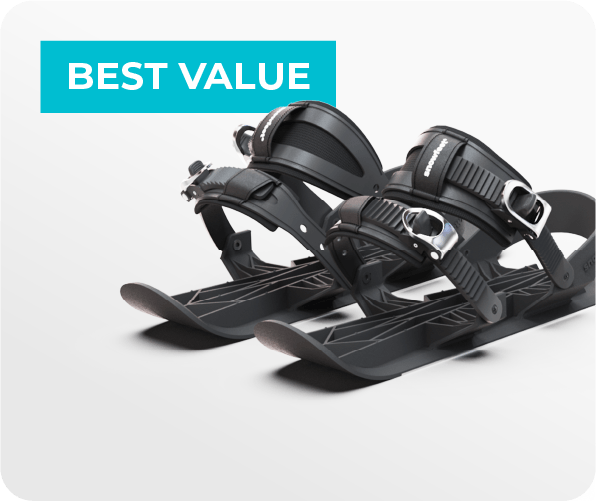



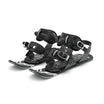
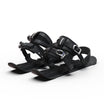
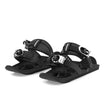
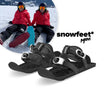
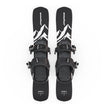
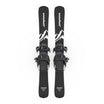

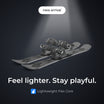
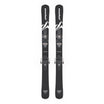
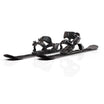
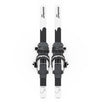


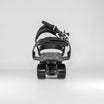

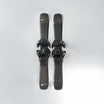


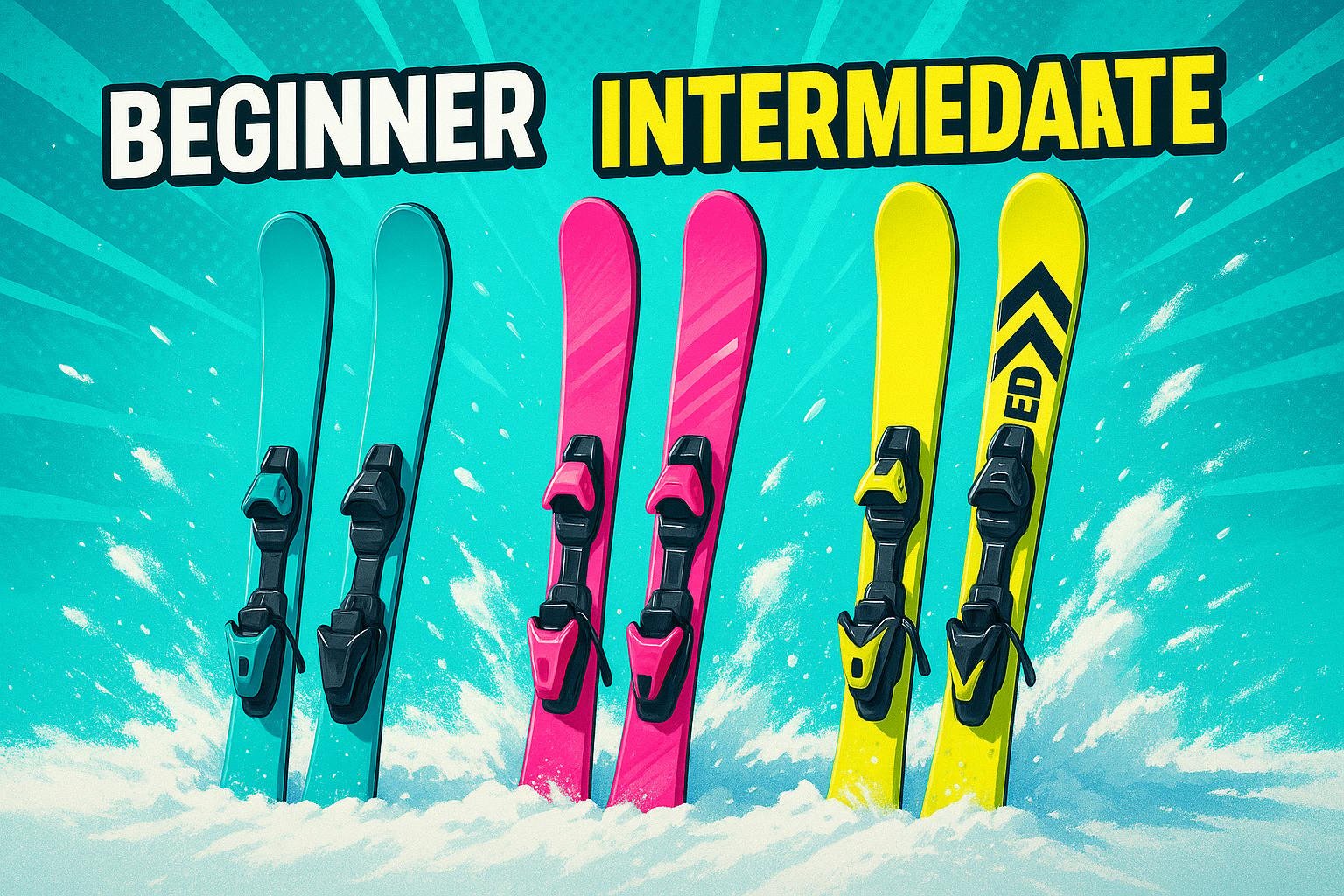
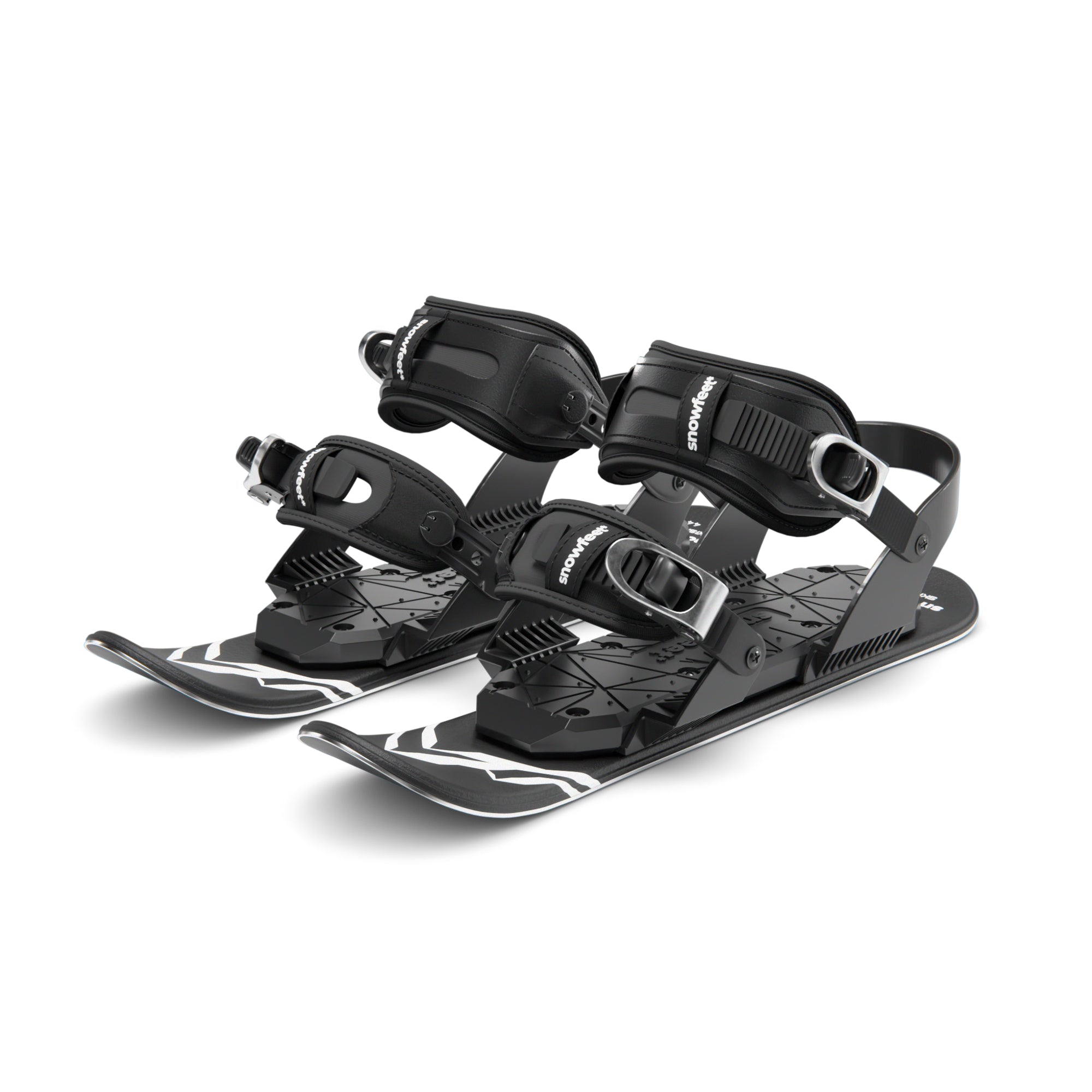
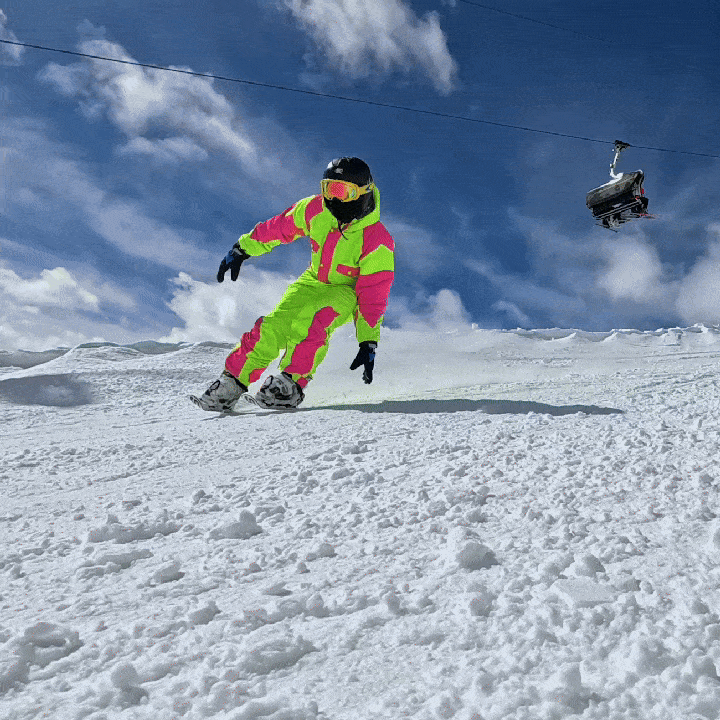
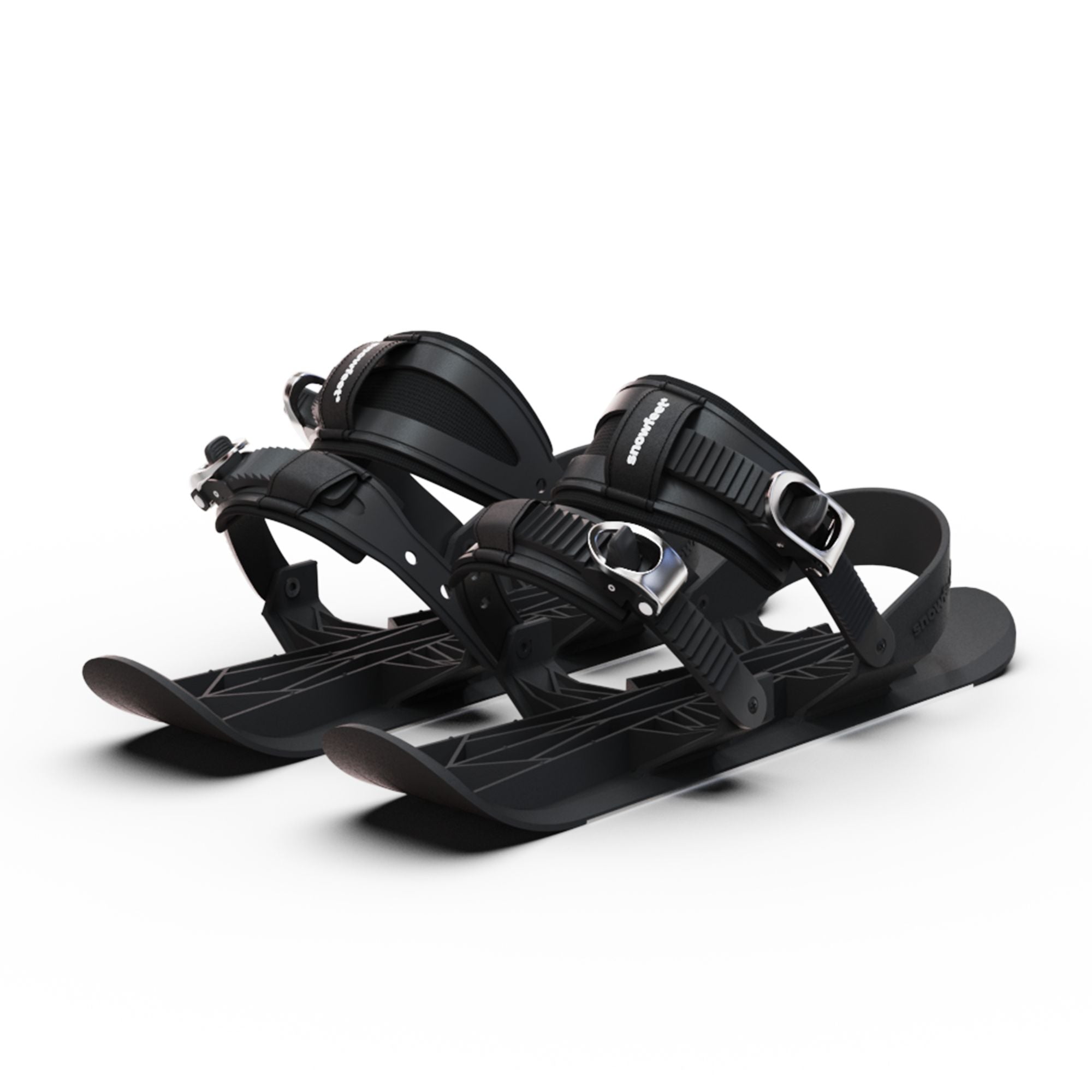
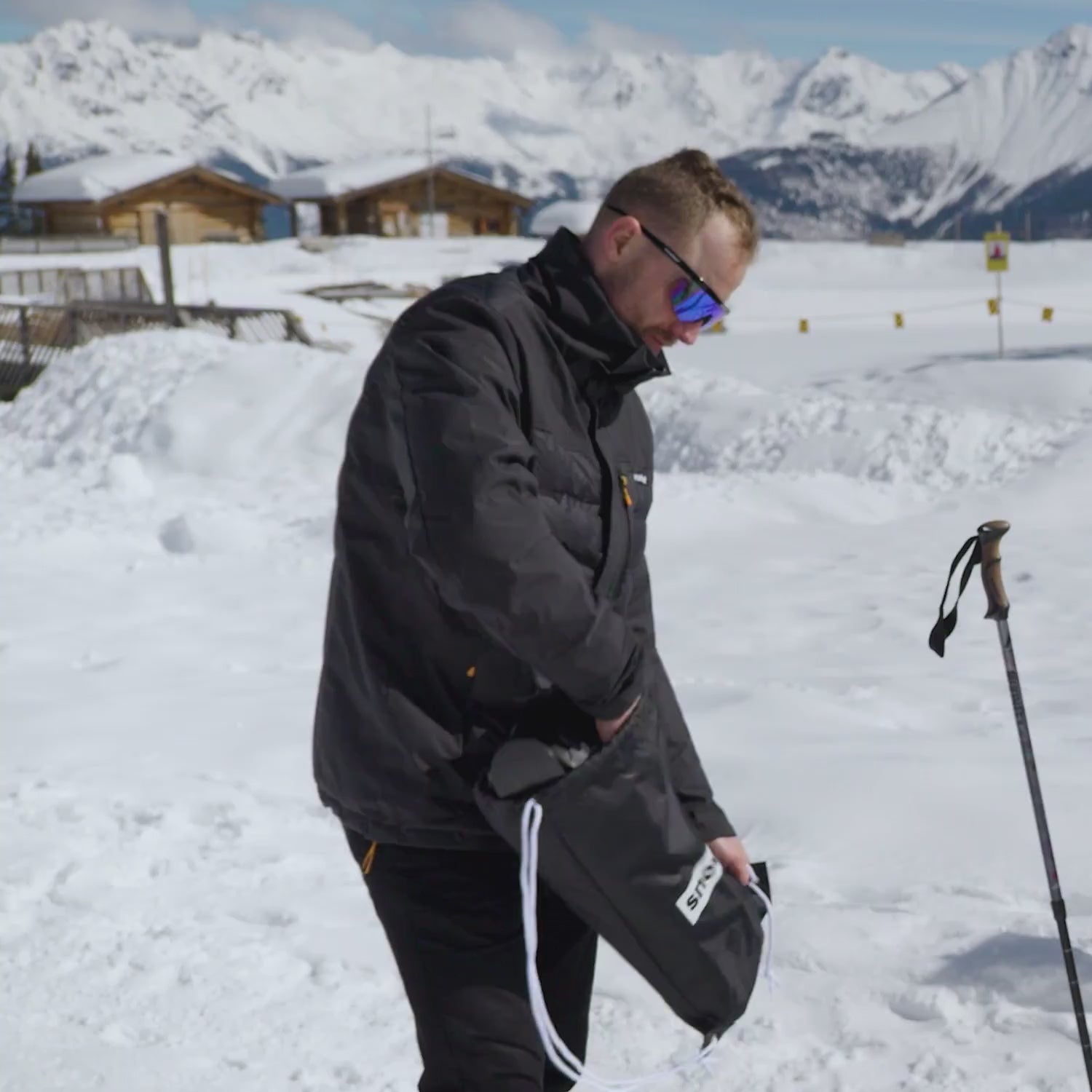
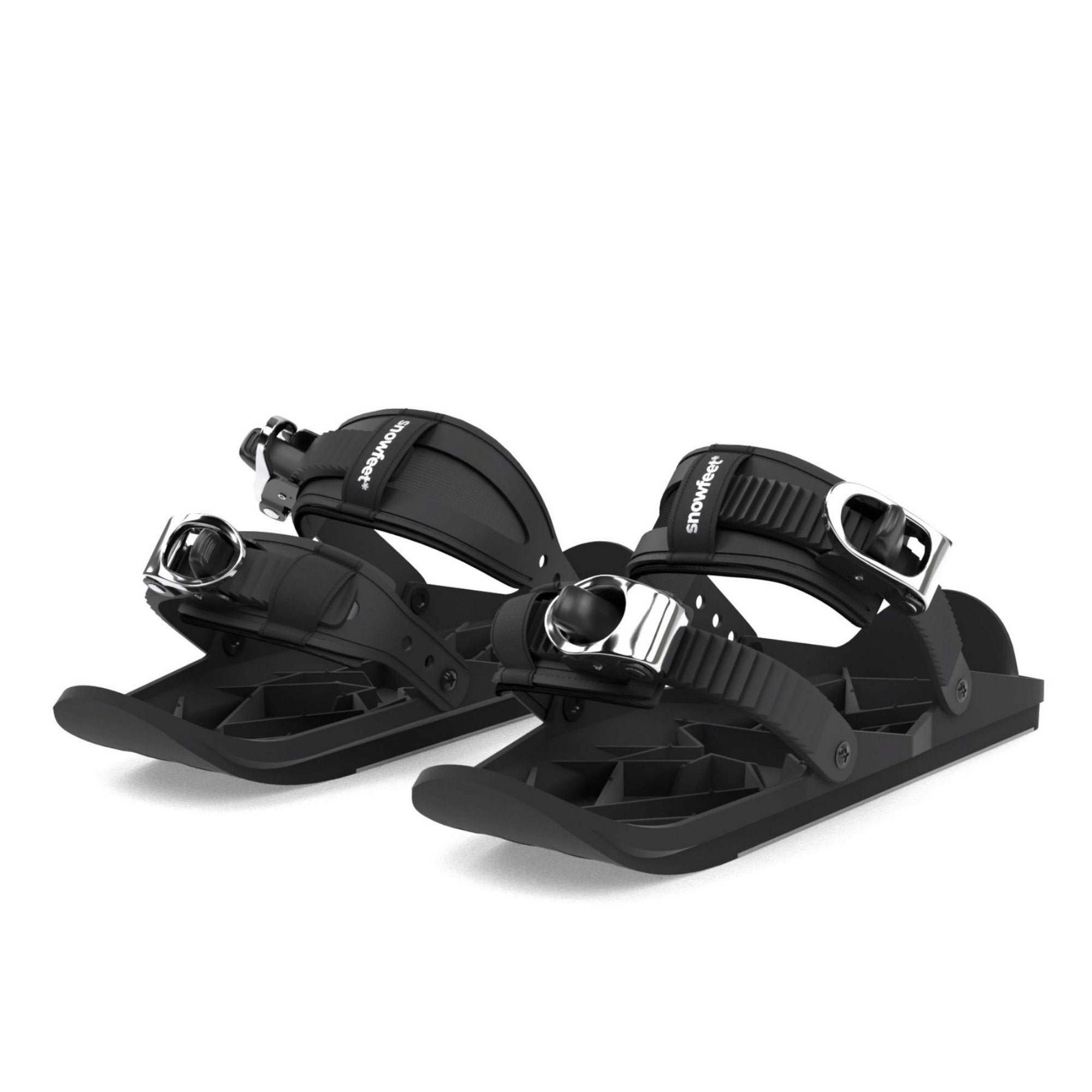
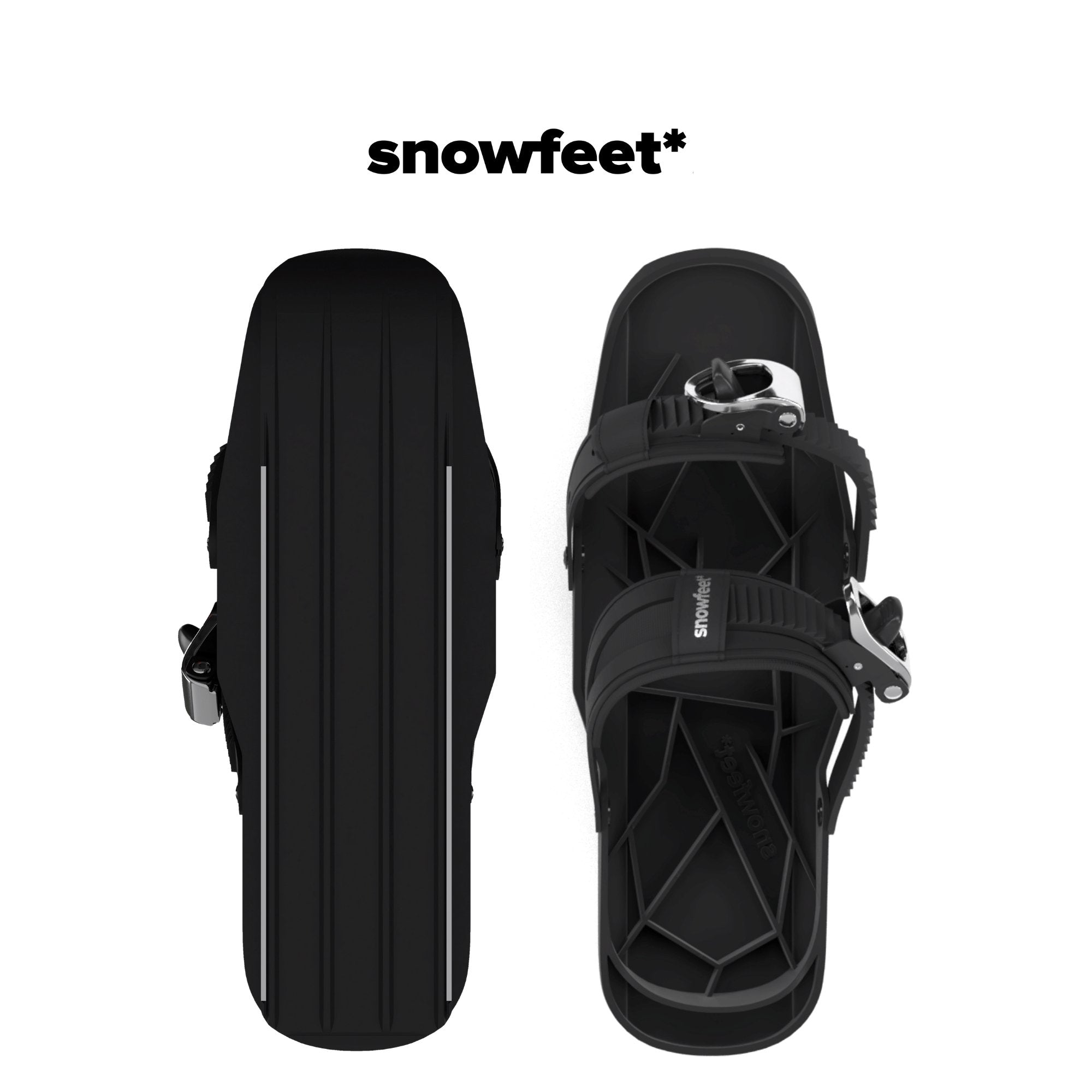
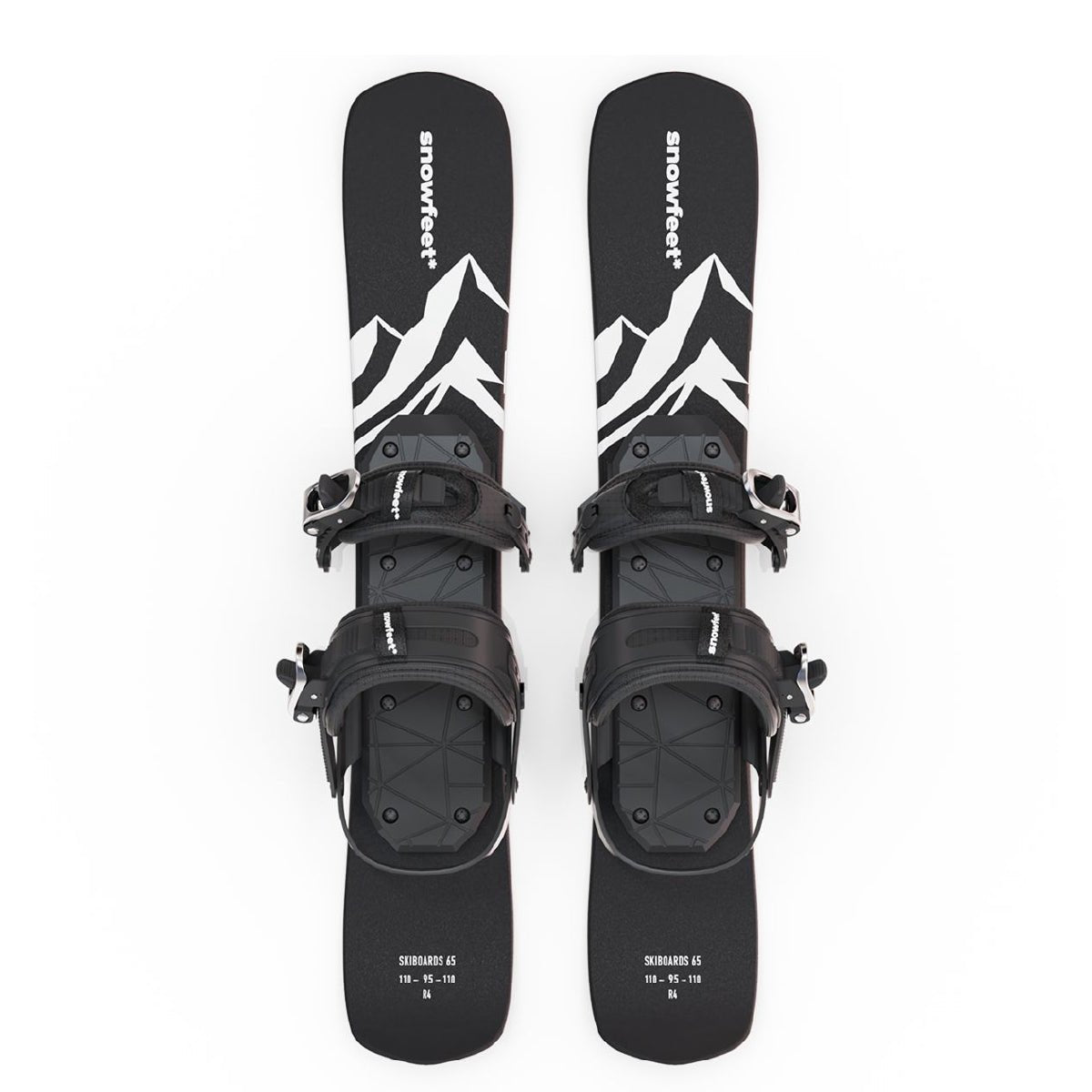

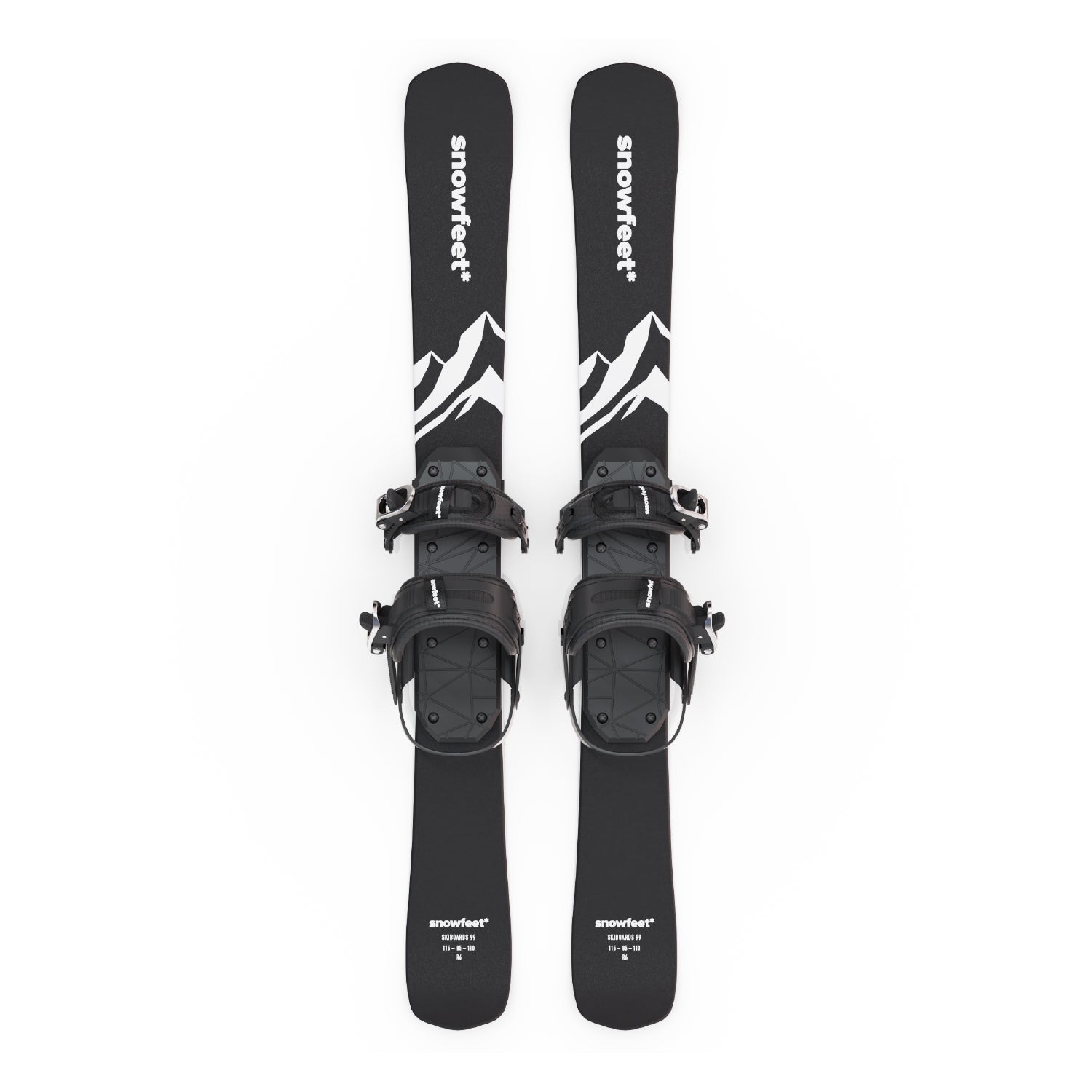
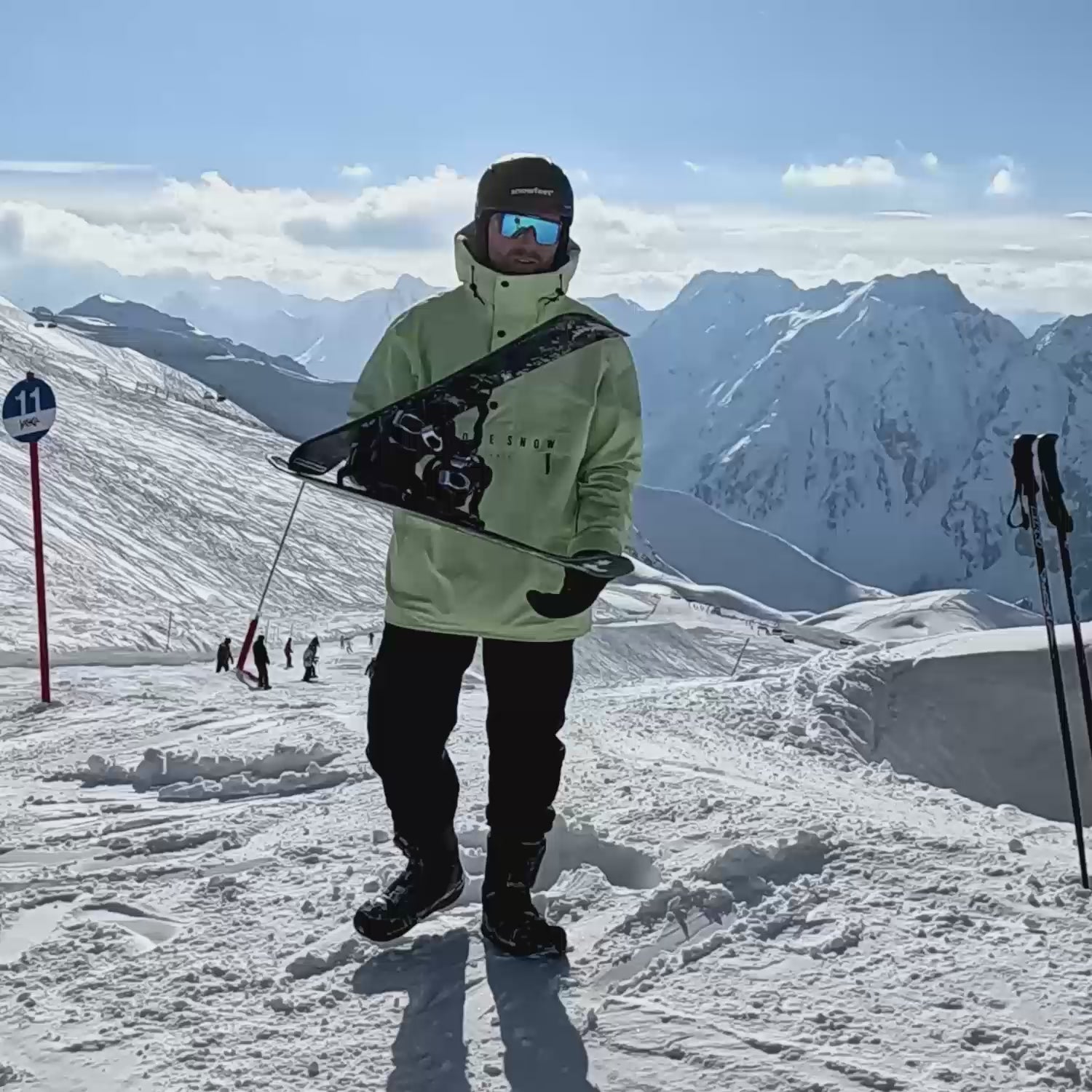
Leave a comment
This site is protected by hCaptcha and the hCaptcha Privacy Policy and Terms of Service apply.